Treating Diseased Lily Of The Valley Plants – Symptoms Of Lily Of The Valley Disease
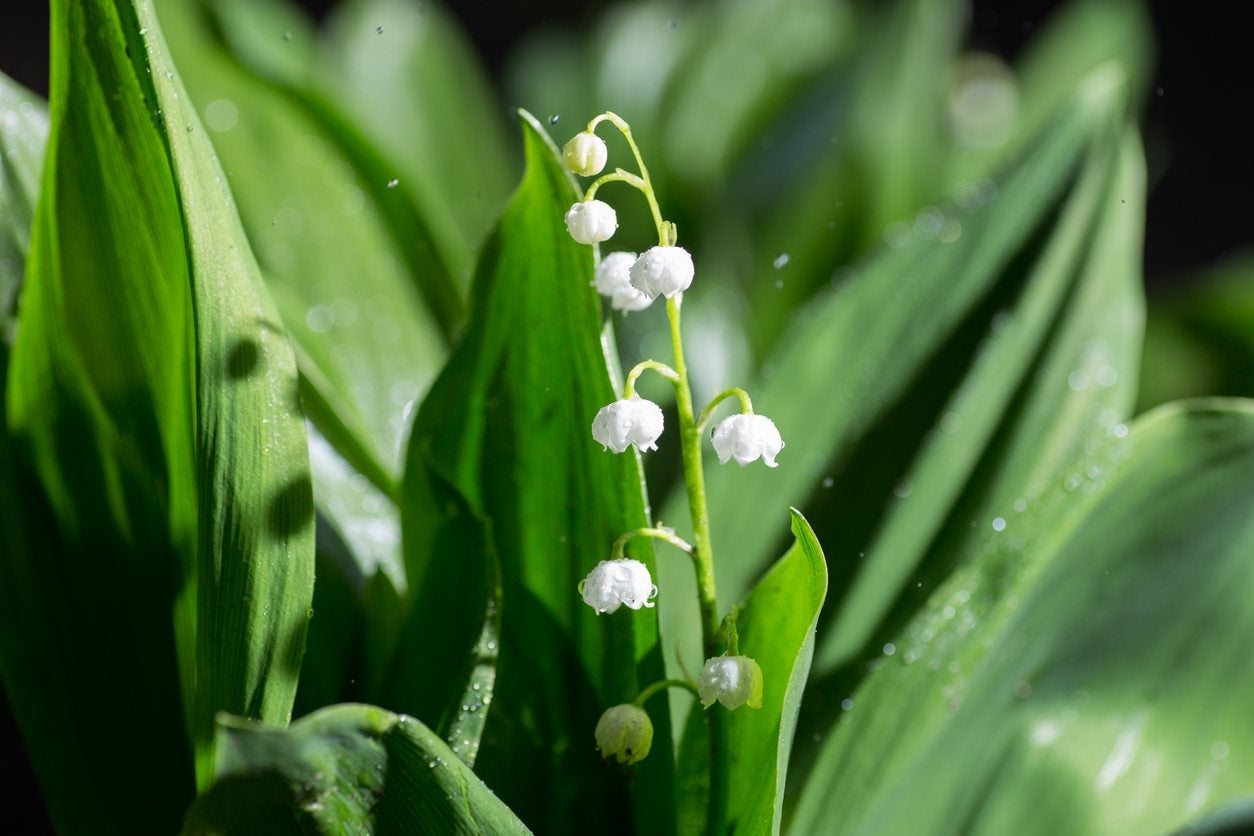

There are some plants that almost break your heart to see sick. Lily of the valley is one of those plants. Loved by so many, lily of the valley is one that’s worth trying to save, when you can. Read on to learn how to treat sick lily of the valley, as well as ways to keep your plants healthier.
Lily of the Valley Disease Problems
In many parts of the world, spring just isn’t spring without the delicate and fragrant notes of the ancient lily of the valley. These hardy plants can be used as small spotlights or huge mass plantings in your landscape; either will be completely show-stopping. That’s why it’s all the more upsetting when lily of the valley falls ill. Fortunately, there are very few diseases of lily of the valley that are of note, so you’ll know what to do if your plants do become suddenly ill if you read on.
How to Treat Sick Lily of the Valley Plants
Diseased lily of the valley plants are often succumbing to fungal pathogens that have been encouraged by growing conditions that may have been getting steadily worse for years. Since these plants are so tough, they don’t always show signs of sickness until you have a big problem. The best things you can do for your lily of the valley planting are to ensure that you’re thinning your plants every year and that the site where they’re planted drains well. These two little things will help discourage lily of the valley disease issues like those that follow: Leaf spots. Leaf spots can form when lily of the valley foliage is watered using a sprinkler or water stands on the leaves long enough to encourage fungal spore development. Spots are usually small, and water soaked, eventually spreading outward or developing spores in the centers. Pluck any infected foliage and treat with a fungicide to stop leaf spots in their tracks. Make sure you start watering from beneath to discourage future leaf spot disease. Rust. Like leaf spot, rust is often no big deal if caught early. Rust fungus will appear as yellow patches on the top side of the leaf, with corresponding orange-brown spores on the underside. Wet or humid conditions also encourage rust, so promote air flow when you apply a fungicide, or you’ll risk the rust returning. Fungal rot. Both crown rot and stem rot end up causing the collapse of lily of the valley plants. Stem rot will cause leaves to develop yellow or gray specks that later expand into brown sunken spots. From there, the fungus spreads to the crown and destroys it. In crown rot, the fungal pathogen starts at the crown, causing leaves to emerge discolored and the entire plant to collapse in a few days. Both are practically incurable. You’re best to dig out infected plants and toss them to protect any plants that are still unaffected. Southern blight. Southern blight can be devastating to growers of a variety of crops, since Sclerotium rolfsii isn’t very picky about its victims. If you see tan or yellow ball-like structures on the base of your lily of the valley and the plants are wilting or dying, remove them right away, as well as the soil around the plant, and sterilize your tools thoroughly with bleach. You may be able to protect uninfected plants with a protectant fungicide.
Gardening tips, videos, info and more delivered right to your inbox!
Sign up for the Gardening Know How newsletter today and receive a free copy of our e-book "How to Grow Delicious Tomatoes".

Kristi Waterworth was a regular contributor to Gardening Know How for many years, answering countless queries on plant pests and diseases.
-
 Looking For Plants To Give You The Soft And Fuzzies? Try These 5 Fuzzy Leaf Plant Options
Looking For Plants To Give You The Soft And Fuzzies? Try These 5 Fuzzy Leaf Plant OptionsLovers of texture, drama, silver foliage and tactile plants will adore these special sensory garden additions. These fuzzy leaf plant options will leave you all aglow
By Susan Albert
-
 Get Ready For A Summer Of Hummers! Grow These Full Sun Hummingbird Plants and Flowers
Get Ready For A Summer Of Hummers! Grow These Full Sun Hummingbird Plants and FlowersIf you’re lucky enough to enjoy a sunny backyard, make sure you are maxing out on your pollinator opportunities and grow these full sun hummingbird plants and flowers
By Tonya Barnett
-
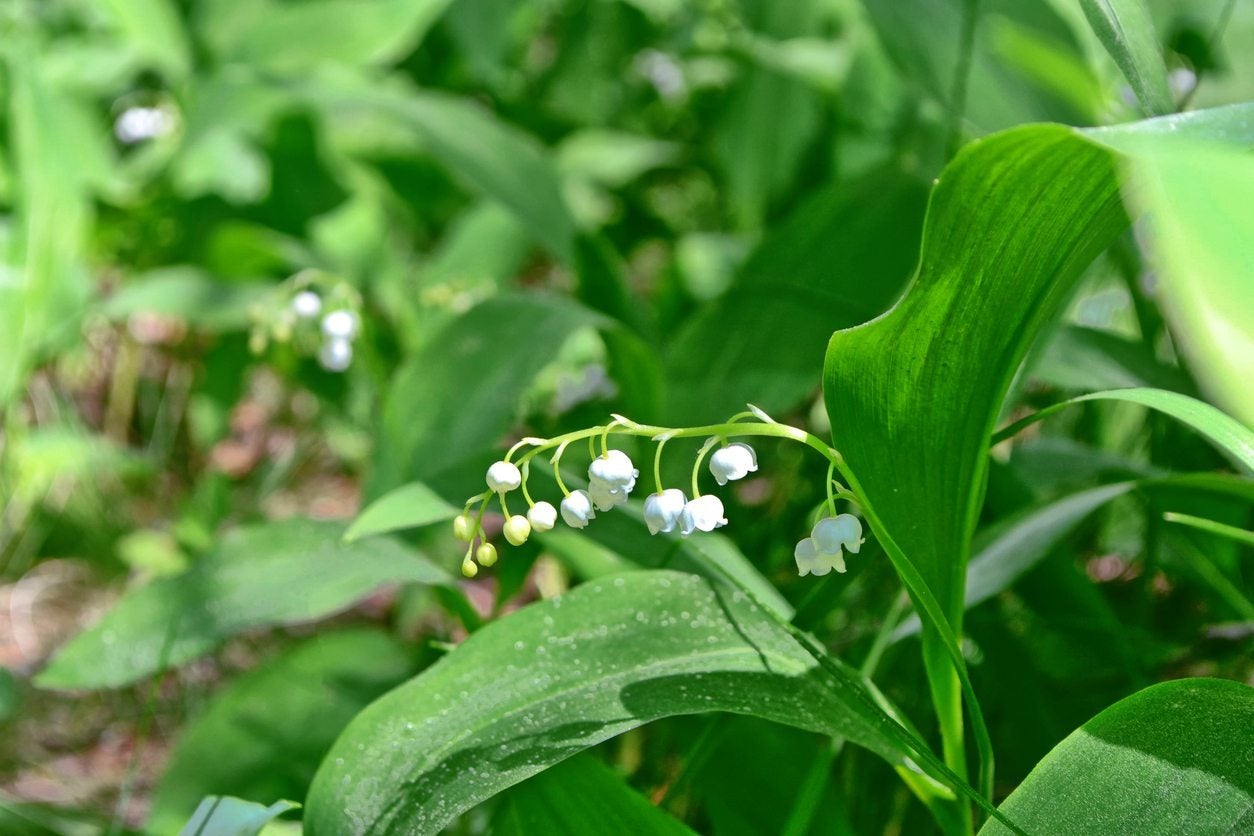 Lily Of The Valley Has Yellow Leaves – Reasons For Yellow Lily Of The Valley Leaves
Lily Of The Valley Has Yellow Leaves – Reasons For Yellow Lily Of The Valley LeavesLily of the valley is known for its sweet fragrance and delicate white nodding flowers. When those two things are accompanied with yellow foliage, it's time to dig a little deeper to figure out what's wrong. Learn more about yellowing lily of the valley in this article.
By Kristi Waterworth
-
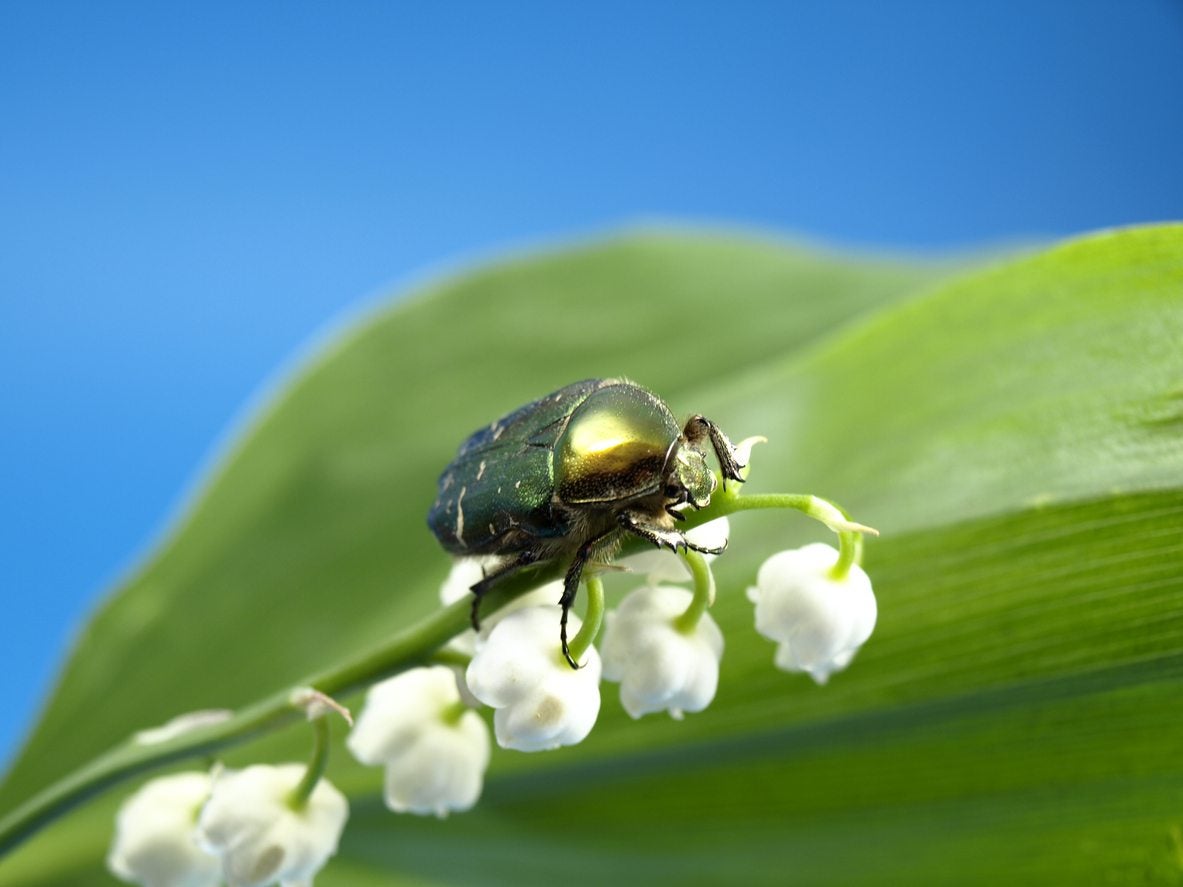 Pests On Lily Of The Valley : Bugs And Animals That Eat Lily Of The Valley Plants
Pests On Lily Of The Valley : Bugs And Animals That Eat Lily Of The Valley PlantsThere are few disease issues or lily of the valley pests. These are easily managed provided you know what you are looking for and how to treat the problem. Learn what pests on lily of the valley might be of concern, and how to identify and combat them in this article.
By Bonnie L. Grant
-
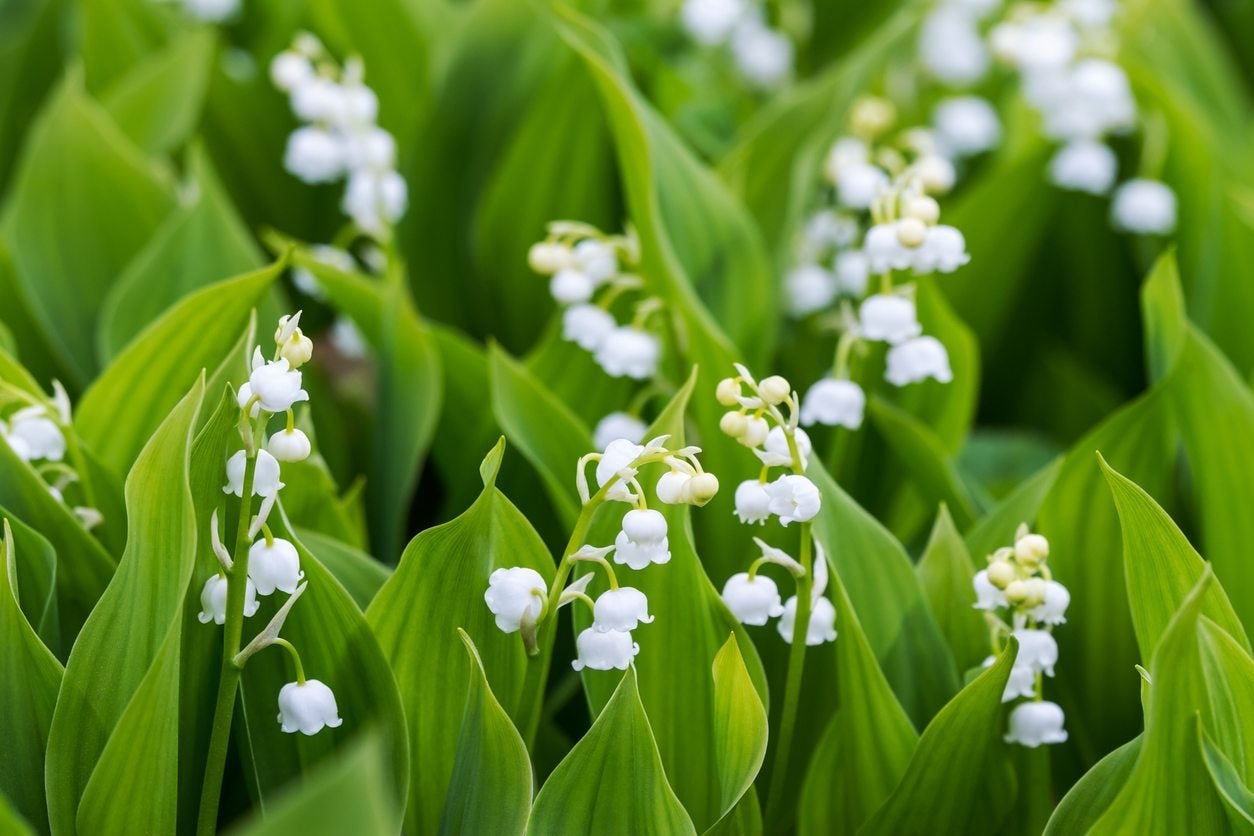 Moving Lily Of The Valley Plants: When To Transplant Lily Of The Valley
Moving Lily Of The Valley Plants: When To Transplant Lily Of The ValleyA rapid spreader, people find themselves moving lily of the valley all the time with no ill effects to the plant. That said, if you?re new to growing this specimen, click on the following article to find out when and how to transplant lily of the valley.
By Amy Grant
-
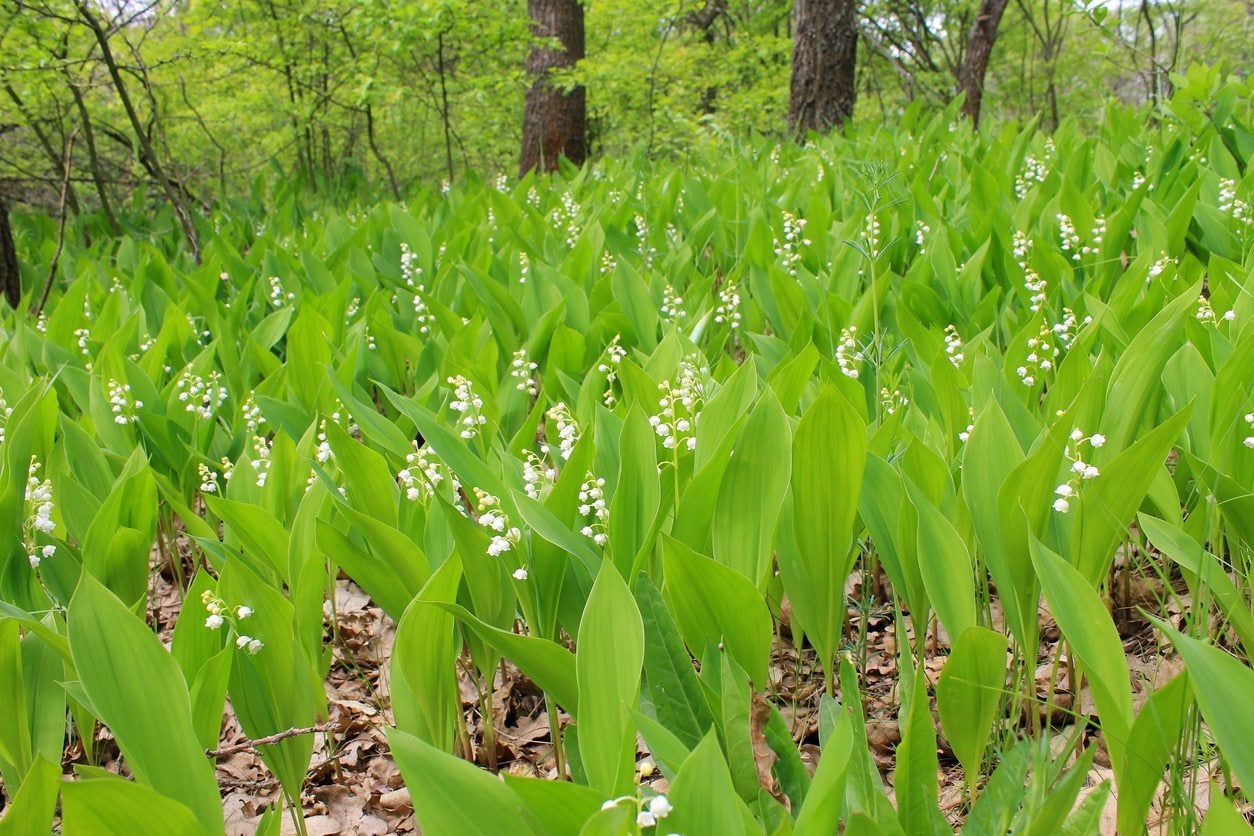 How Invasive Is Lily Of the Valley: Should I Plant Lily Of The Valley Ground Cover
How Invasive Is Lily Of the Valley: Should I Plant Lily Of The Valley Ground CoverIs lily of the valley invasive? Lily of the valley is a perennial plant that grows from stem-like underground rhizomes that spread horizontally, often with amazing speed. It also reproduces from seeds. Exactly how invasive is lily of the valley anyway? Find out here.
By Mary H. Dyer
-
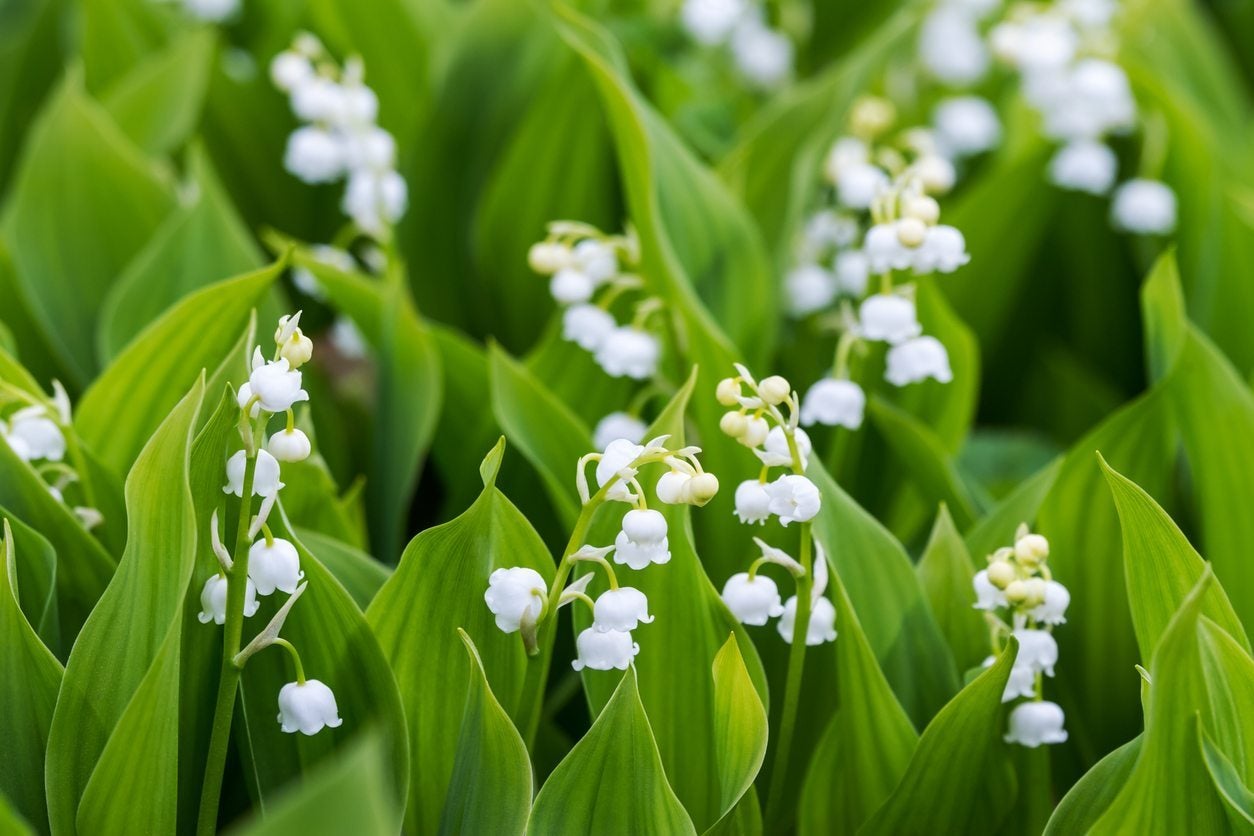 Dividing Lily Of The Valley: When To Split Lily Of The Valley Plants
Dividing Lily Of The Valley: When To Split Lily Of The Valley PlantsAlthough lily of the valley is extremely easy to grow (and may even become aggressive), occasional division is necessary to prevent the plant from becoming unhealthy and overcrowded. The following article can help get you started with lily of the valley division.
By Mary H. Dyer
-
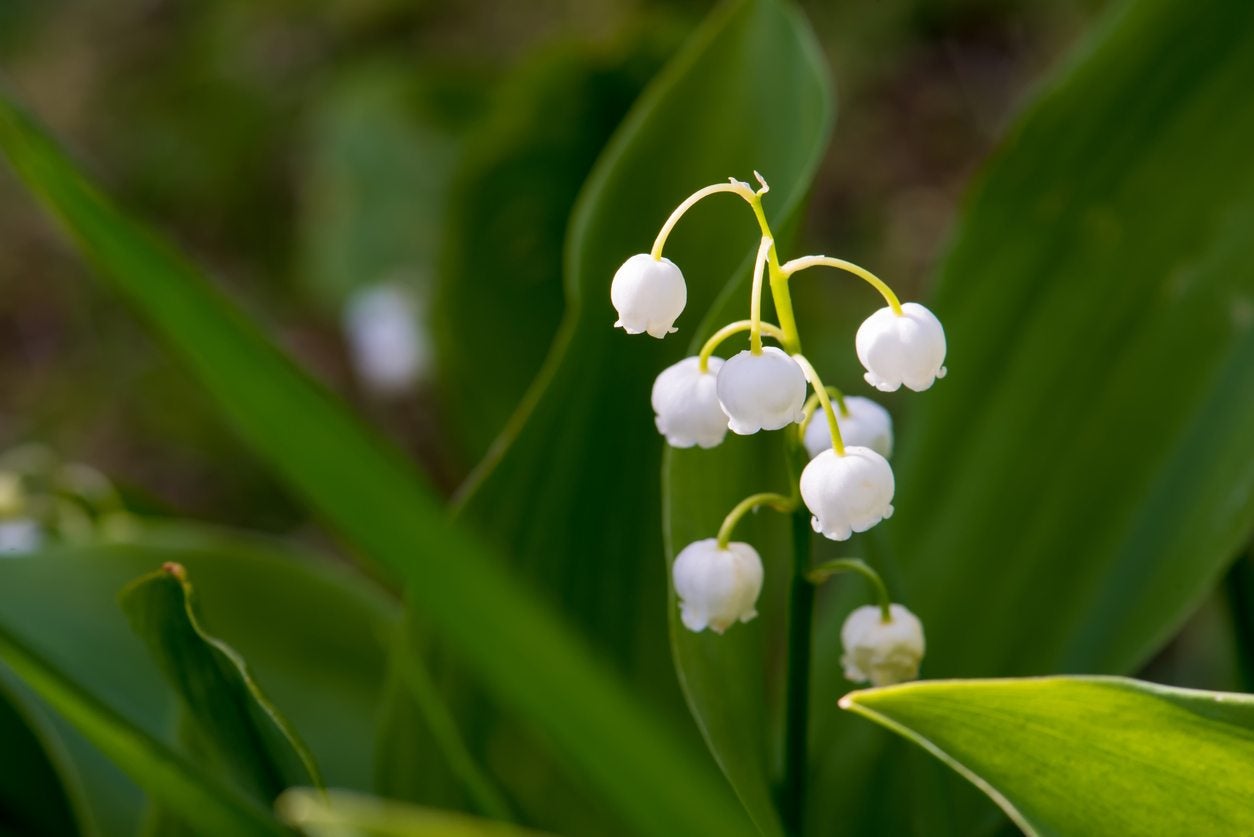 Is Lily Of The Valley Poisonous : Understanding Lily Of The Valley Toxicity
Is Lily Of The Valley Poisonous : Understanding Lily Of The Valley ToxicityIs lily of the valley safe for gardens? Lily of the valley toxicity makes it unsafe to have around children and pets. The plant is so dangerous that ingestion could result in a trip to the emergency room, or in rare cases death. Learn more in this article.
By Bonnie L. Grant
-
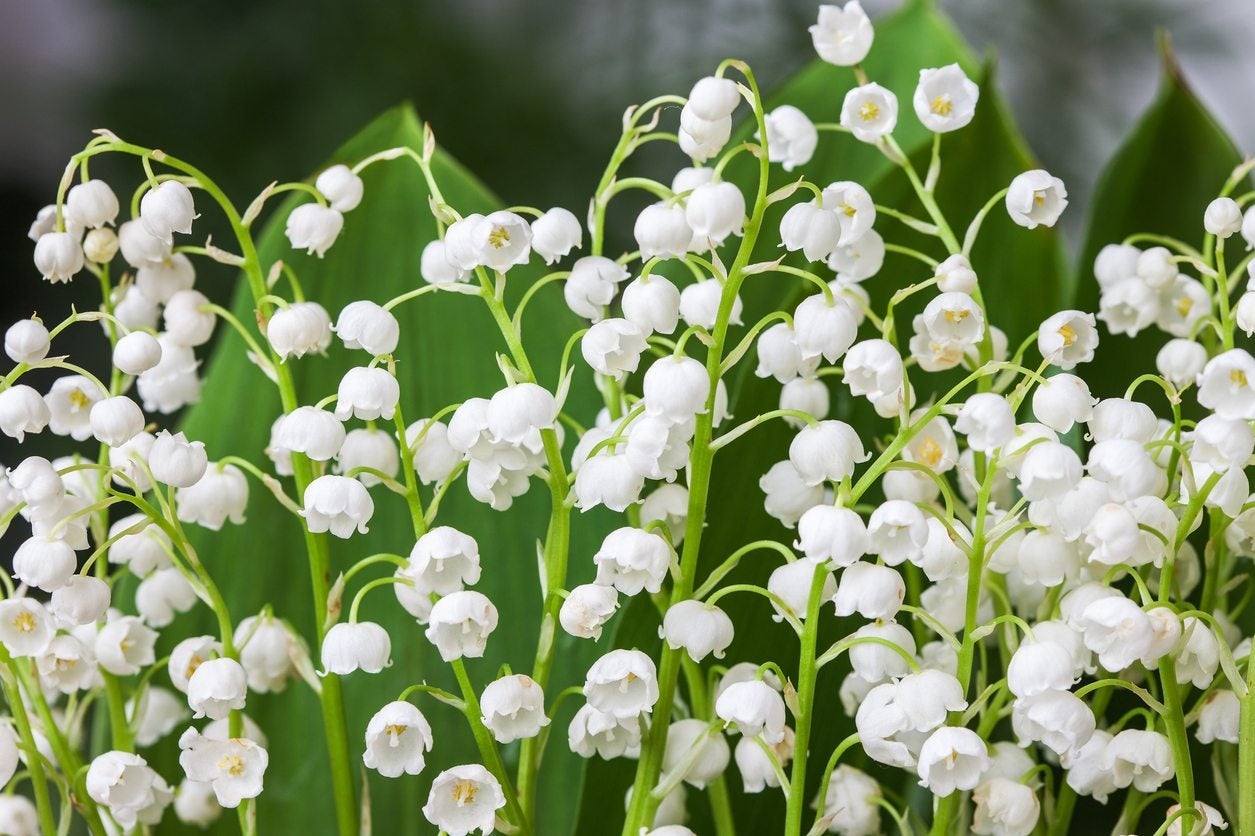 Lily Of The Valley Varieties – Growing Different Types Of Lily Of The Valley Plants
Lily Of The Valley Varieties – Growing Different Types Of Lily Of The Valley PlantsLily of the valley plants produce a delicate, fragrant flower that is unmistakable and a great addition to the garden. But what kind of selection is out there? Learn more about the different lily of the valley plant types in this article.
By Liz Baessler
-
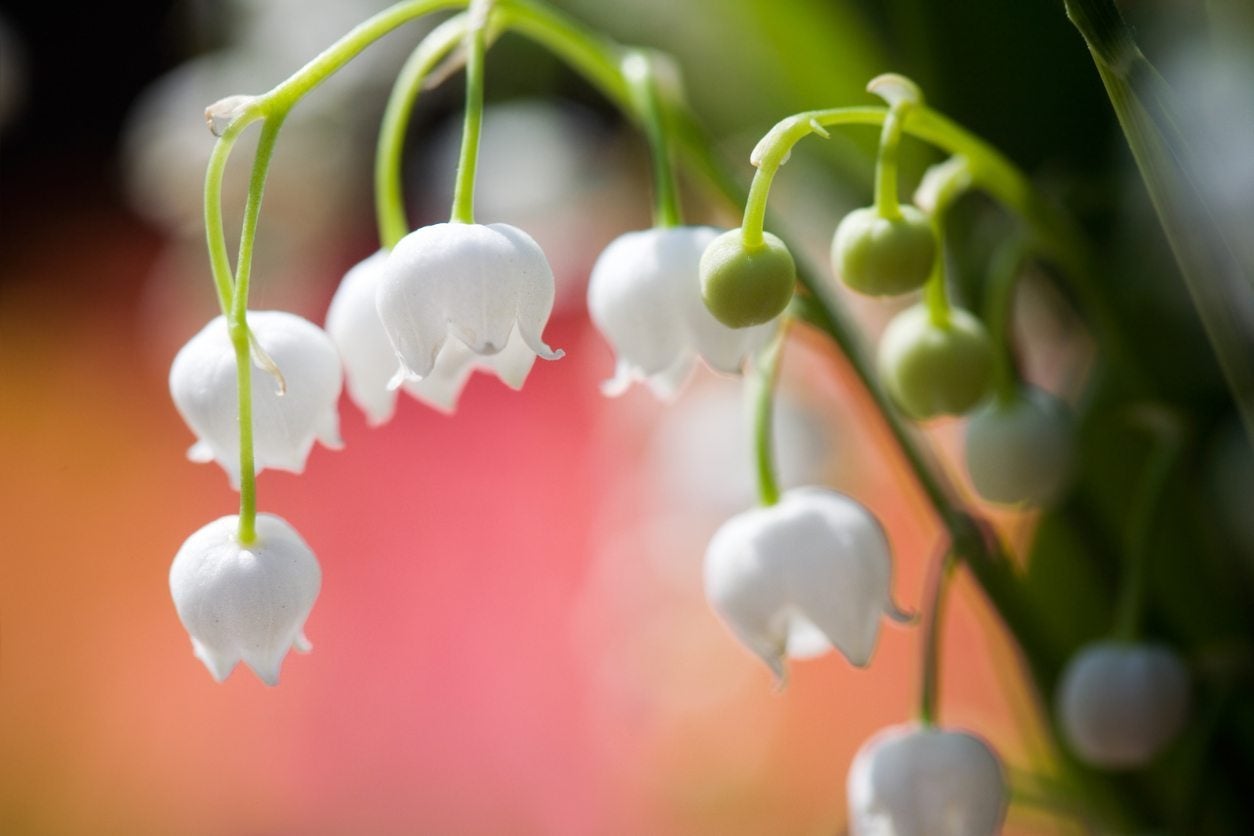 Lily Of The Valley Won’t Bloom: Why Is My Lily Of The Valley Not Blooming
Lily Of The Valley Won’t Bloom: Why Is My Lily Of The Valley Not BloomingLily of the valley is a delightful spring bloom with tiny, bell-shaped white flowers. It does well in shadier areas of the garden and can even be a pretty ground cover, but when your lily of the valley isn?t blossoming, all you have is a lot of greenery. Find out how to fix that here.
By Mary Ellen Ellis